US Navy Reveals USS Thresher Death Investigation Report (SSN-593)
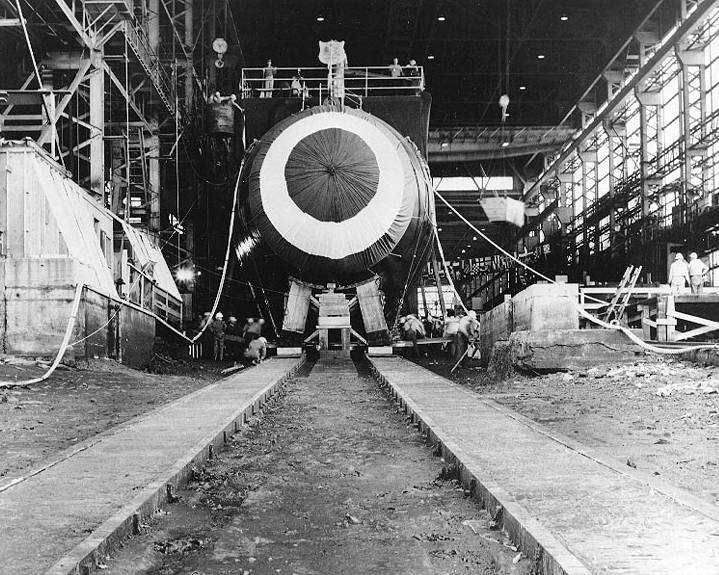
On April 10, 1963, the American nuclear submarine USS Thresher (SSN-593), which had been out for testing the day before after repairs, sank during a test dive. On the same day, the command of the US Navy assembled a commission of inquiry, which was to determine all the circumstances of the tragedy. The main findings and conclusions of the panel have been published in the past, but the publication of the full report has just begun.
The investigation established ...
The commission conducted a survey of persons involved in the development, construction and operation of the lost submarine. In addition, we studied the project and technological processes. In 1963-64. managed to find and study the wreckage of the submarine and collect a lot of important material. Based on all available data, the commission made conclusions.
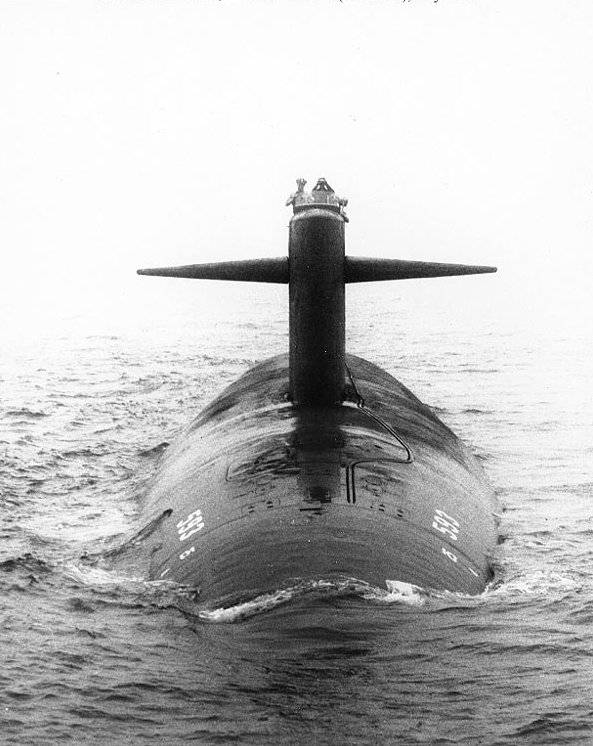
The commission determined that at a depth of more than 270 m (the dive target was 300 m) due to a manufacturing defect, a rupture of one of the high pressure water pipelines occurred. The sprayed water hit the electrical appliances, which triggered the emergency protection of the reactor. In addition, due to an unfortunate confluence of factors, the submarine was unable to use compressed air to purge ballast tanks and emergency ascent.
Having lost speed and the possibility of surfacing, USS Thresher (SSN-593) continued to gain water and dive. At a depth of more than 700 m, a solid hull was destroyed, resulting in the death of 129 crew members. The submarine fell apart into six parts, which sank to the bottom in an area with a diameter of 300 m. During the submersion, the escort vessel USS Skylark (ARS-20) received several short messages.
Privacy issues
Subsequently, the public was informed about the main circumstances of the tragedy and the reasons for the death of the submariners. However, the full report of the commission of inquiry remained secret for several decades. More than 1700 sheets with interrogation protocols, examinations, diagrams and diagrams remained inaccessible to the public.
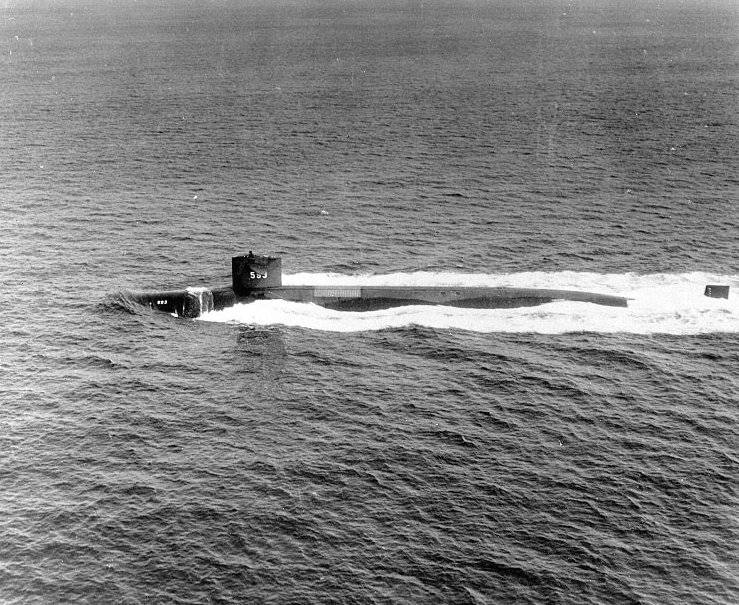
In 1998, the command of the Navy decided to disclose data on the death of USS Thresher (SSN-593), which occurred 35 years ago. The declassification process dragged on, and by 2012 only 75% of the report had passed the required procedures. After that, the command decided to suspend the work. However, the publication of documents was not ruled out - but according to the rules of the Law on Freedom of Information.
In April last year, retired Captain James Bryant, former commander of one of the Thrasher-class boats, submitted a request to publish the report. He asked to speed up the work so that the document would be available by September - for the opening of a memorial to submariners at Arlington Cemetery. Over the next few months, bureaucratic procedures continued, as a result of which the commission's report remained closed to the public. The monument was opened without complete data on the death of the submariners.
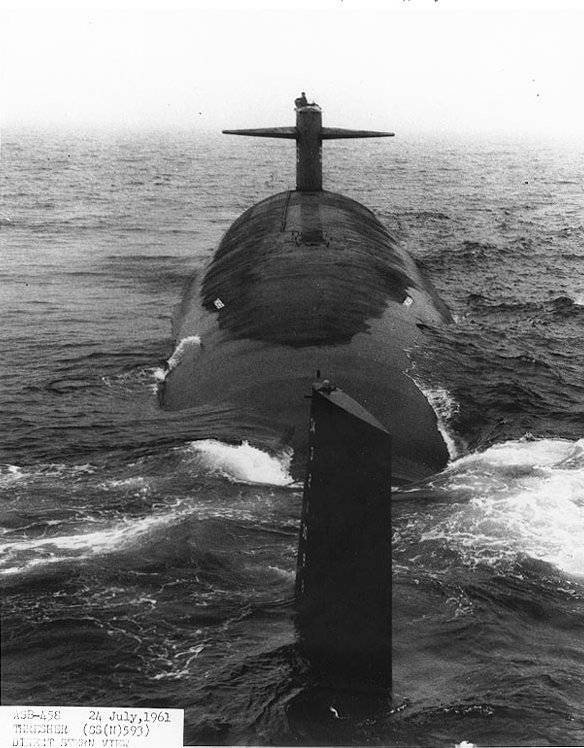
Rejected, J. Bryant appealed to the District Court for the District of Columbia in July. In February 2020, Judge Trevor N. McFadden delivered a judgment. He ordered the Navy to complete the procedures for declassifying the report and start publishing it. 300 pages of the report were to be opened monthly; the first part was required to be released by the end of April. Thus, by the end of autumn, the public could fully familiarize themselves with the documents of the investigation.
In May 2020, it became known that work on the report was temporarily suspended due to the COVID-19 pandemic. In connection with the introduction of quarantine measures, the Navy could only continue operational activities, while other activities were temporarily canceled. In mid-July, they announced the resumption of work. On September 23, after several decades of waiting, the first part of the report was released.
Open data
The first file in the public domain includes 300 sheets. In preparation for publication, the document received appropriate notes. In addition, the personal data of the interviewed persons and some other information were removed from it.
The published 300 pages are collated out of order. They include a list of documents included in the report, a list of materials and material evidence, as well as documents on the formation, composition, etc. commission of inquiry. At the same time, the sections with facts, versions and conclusions in the original are located at the very end of the report - but they were inserted at the beginning.
Thus, already now you can familiarize yourself with a list of 166 facts describing the last trip of the submarine. It reflects the main organizational issues, lists the crew and civilian specialists, the progress of the tests, as well as information about the design, construction and operation of the submarine. Then 55 points follow with versions and conclusions. Based on the results of this part of the report, recommendations are issued for the naval forces and the shipbuilding industry, aimed at eliminating new such disasters.
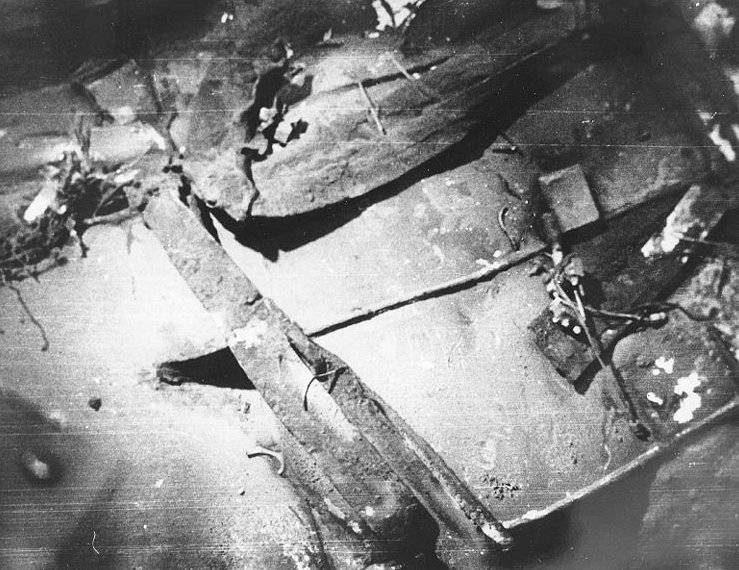
Most of the published materials are recordings of interrogations of witnesses. During the investigation, almost 180 people were interviewed, these are design and construction participants, former crew members of the USS Thresher (SSN-593) and sailors from the USS Skylark. The first 300 pages included only a small part of the protocols, just over 20.
Future publications
The court ordered the Navy to publish 300 pages from the commission's report every month. This means that an entire document of over 1700 pages will be split into six parts. It was originally planned to publish the entire report this year, but after the known events, it will not be completed until next spring. However, the public and historians have already waited almost 60 years, and a few extra months have no effect on anything.
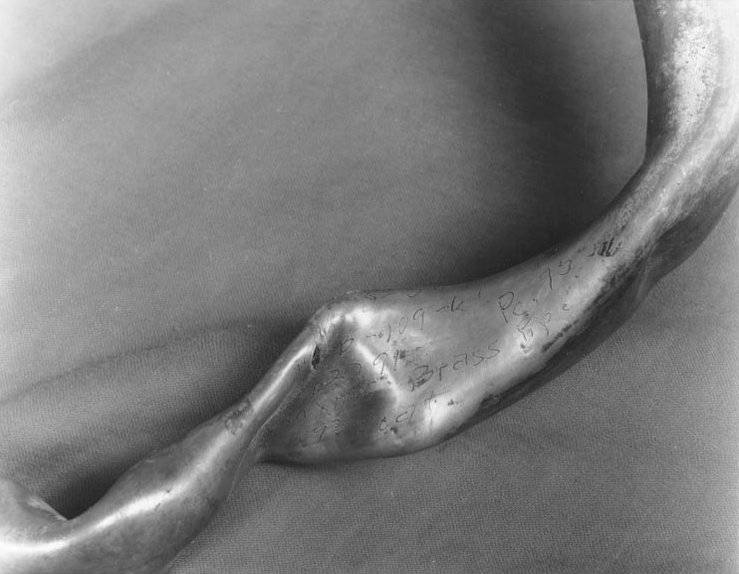
As follows from the published table of contents, most of the future publications will be devoted to the questioning of witnesses. They may be of interest to researchers or participants in those events, but their publication will have to wait.
New Details
It should be noted that the main versions of the disaster and the general conclusions of the commission were known earlier. The published report of the investigation only reveals this issue in more detail, and also supplements the conclusions of the commission with a mass of primary information, a significant part of which has so far been closed. New details may be of some interest in context storiesas well as the construction and development of the American sub fleet.
Thus, 57 years after the sinking of the submarine USS Thresher (SSN-593) and after two decades of bureaucratic delays, the US public has the opportunity to get acquainted with all the materials of the investigation. In the near future, by the end of October, the US Navy should publish the second part of the report, and then new data will be received. They will show what problems the American nuclear submarine fleet faced in the early stages of construction, what they led to and how they eventually dealt with them.
The first part of the report:
https://www.secnav.navy.mil/foia/readingroom/HotTopics/THRESHER%20RELEASE/THRESHER%20pg%201-300.pdf
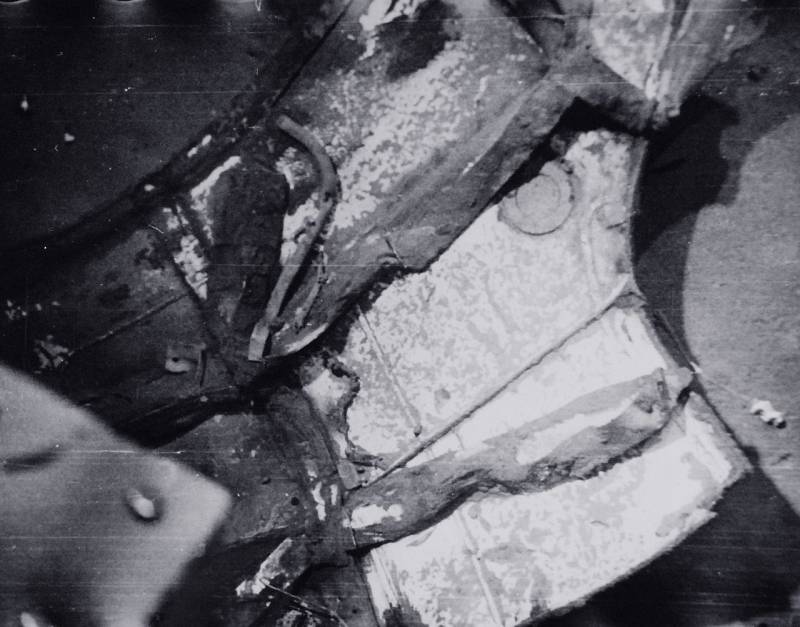
Information